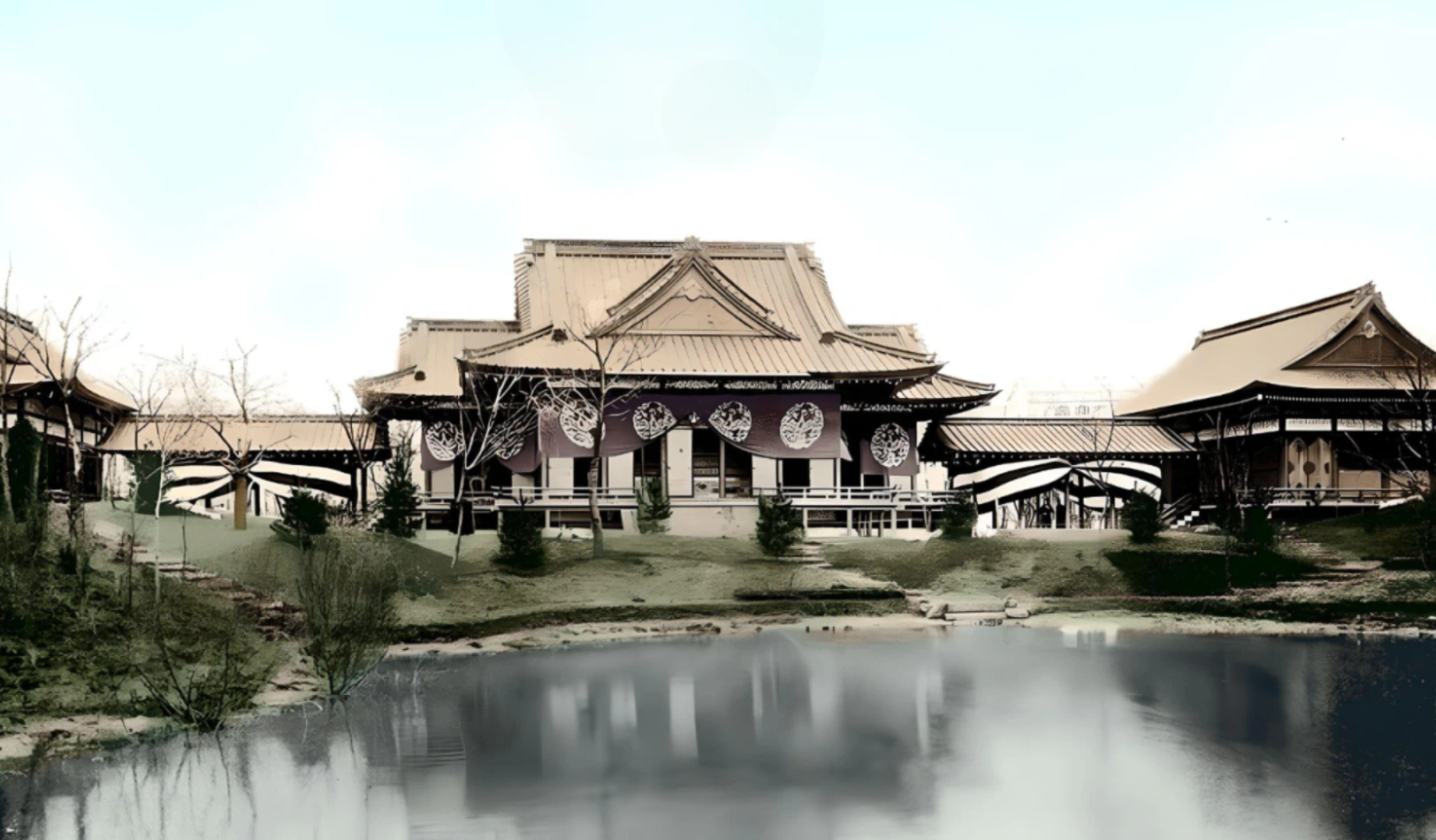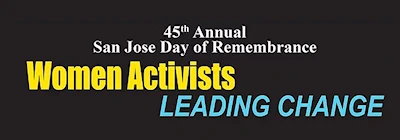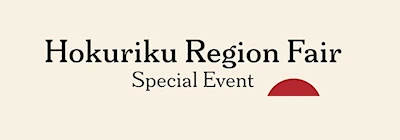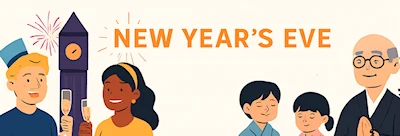The Garden of the Phoenix Established March 31, 1893 by United States and Japan (As a Symbol of their Friendship)NEW
Other Events At This Location
Garden of the Phoenix, Chicago (Japanese Garden)
This Specific Event Date Has Passed


Chicago, IL 60637
The Garden of the Phoenix was established on March 31, 1893 by the United States and Japan as a symbol of their friendship, and as a permanent place for visitors to learn about Japan and experience Japanese culture.
Over the past 130 years, the Garden of the Phoenix has endured through the highs and lows of the U.S.-Japan relationship, and today is one of the most important sites in the nation reflecting the enduring importance of these two country’s relationship.
Map (Helicopter View)
The History by Time line
130 Year History (By Robert W. Karr, Jr., The Garden of the Phoenix Historian)
1853-54 | The Opening of Japan by the United States and rapid modernization
1890-92 | Japan desire to build on the Wooded Island
1892 | Olmsted, Burnham and Chicago accept Japan's offer to build the Phoenix Pavillion
1891-02 | Phoenix Pavilion conceived by Kakuzo Okakura
1893 | The Phoenix Pavilion at the center of the World's Columbian Exposition
1904 | Chicago enjoys the Phoenix Pavilion
1923 | Frank Lloyd Wright and the new Imperial Hotel
1933 | Japan participates in the Chicago of Progress World's Fair
Read The History and Details
An Account of the Phoenix Pavilion Dedication Ceremony
The Japanese Commission was granted permission to build on the Wooded Island in February 1892. During the next fourteen months, the Phoenix Pavilion was designed and prefabricated in Tokyo, shipped to San Francisco by steamer, and then brought by rail to Jackson Park, Chicago.
Construction on the Wooded Island began in December and lasted through the winter until the pavilion was completed in March. Installation of the pavilion exhibits was completed during April, just in time for the opening of the World's Columbian Exposition on May 1, 1893.
Dedication Day - March 31, 1893
On Friday, March 31, 1893, the Japanese flag was unfurled at exactly 12 o’clock noon to begin the dedication ceremony for the newly constructed Phoenix Pavilion located on the north end of the 15-acre Wooded Island, which would become the central landscaped area of the World’s Columbian Exposition.
Several hundred invited guests were in attendance, including government officials from the United States and Japan, directors and officers of the Exposition, South Park Commissioners, and prominent political, business and community leaders. A reported seventy Japanese residents of Chicago were among the guests.
The dedication ceremony was performed in the central hall of the Phoenix Pavilion in both English and Japanese, with American representatives grouped on the south side of the room, and the Japanese representatives on the north side. The room was magnificently finished in gold, blue, yellow, red, and black lacquer, with the coffered ceiling and rich wall panels adorn with elegant images of the phoenix.
Remarks by the Japanese Representatives
The ceremony began with remarks by the architect of the Phoenix Pavilion, Masamichi Kuru (1858-1914), who described the origins and meaning of the pavilion and the three important eras of Japanese history that were represented in its design. At the conclusion of his address, Kuru relinquished charge of the pavilion and presented the key to Seiichi Tejima (1850-1918), the Japanese Commissioner of the Japanese Exhibition.
Tejima accepted the Phoenix Pavilion and expressed Japan’s appreciation to the Exhibition’s authorities for permitting Japan to build upon the Wooded Island. He then thanked the City of Chicago and the South Park Commission for accepting the Phoenix Pavilion as a permanent structure on the site in Jackson Park.
Among his many comments, Tejima noted the significance of March 31, which is the same day that official relations began between the United States and Japan in 1854 with the signing of the Treaty of Kanagawa.
At the conclusion of his remarks, Tejima stepped out upon the veranda and addressed the twenty-four Japanese workers who were responsible for constructing the Phoenix Pavilion. At the end of Tejima’s remarks, the workers responded in unison with a cheer and by clapping their hands to bring their work to a ceremonial close in Japanese tradition.
Remarks by the American Representatives
The Director-General of the Exposition, George R. Davis (1840-1899) was then called to speak. His remarks included the following:
"To no people on earth does the Columbian Exposition offer grander or more distinguished advantages and opportunities than to our antipodean friends. Japan stands in the foreground a wonderful example of the swift progress of modern development and education. Japan, in the full consciousness of its wealth and power, realizing to the fullest extent the advantages to be secured, has been prompt and generous in support of the Exposition. I am glad that I may in this public manner give expression to our satisfaction with the result you have accomplished and the zeal which you and your collaborators have shown in your work through the last winter. Not only upon this pavilion and the adjoining grounds, but in the departments in which your government is to be represented the same zeal, patience, and fortitude have characterized your work, securing the best results."
Director-General Davis was followed by Exhibition President Thomas W. Palmer (1830-1913) and the Exhibition’s Director of Works, Daniel Burnham (1846-1912), who each congratulated Japan on its success as a nation and with completion of the Phoenix Pavilion.
Joseph Donnersberger, President of the South Park Commissioners, then concluded by acknowledging the Phoenix Pavilion as a gift from Japan that would remain on the Wooded Island well after the Exposition as a place for Americans to learn about Japan and experience Japanese culture.
After the ceremonies were concluded, everyone moved across the lagoon to the Manufacturing Building, where the Japanese hosted a luncheon within the enclosure where Japan’s industrial exhibit would stand. The area was elaborately decorated with Japanese and United States flags.
Disclaimer: Please double check all information provided on our platform with the official website for complete accuracy and up-to-date details.
Thursday, 15 January, 2026
Event Contact
Garden of the Phoenix, Chicago (Japanese Garden)Event Organizer Website
Visit Organizer Website
Get More Details From the Event Organizer
Event Location Website
Visit Location Website
For More Location Details
Event Information Can Change
Always verify event information for possible changes or mistakes.Contact Us for Issues















